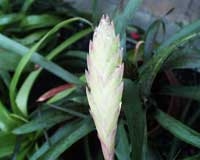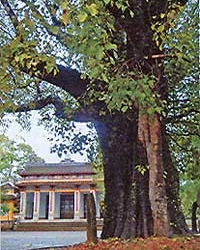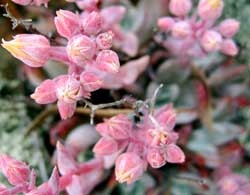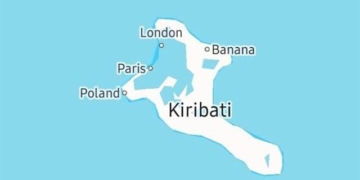In the lush and enchanting kingdom of the Amazon rainforest, there exists a truly unique plant wonder – the Amazon Water Lily, renowned for its ability to support the weight of a human.
The world’s strongest leaf is often attributed to the Victoria Amazonica, also known as the Amazon Water Lily. This magnificent plant originates from the shallow waters of the Amazon River basin, where it grows in small lakes and river branches. It features gigantic, round leaves that can reach up to three meters in diameter and have an upward-curved rim. These leaves are anchored by long stems that extend underwater, which can be as long as 8 meters.
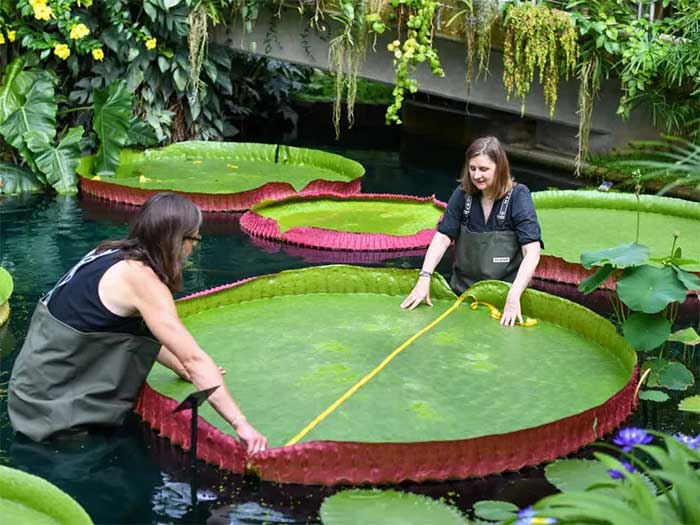
Victoria Amazonica, or the giant water lily, is one of the largest species in its family. The enormous white to pink flowers, which can grow up to 3 meters wide, are extremely fragrant, emitting a sweet aroma reminiscent of pineapple on their first day of life, which lasts two days. The flowers bloom for just a few days, opening at night on the first day. At this stage, the petals are white, attracting beetles with their vibrant color and scent. The flower stops emitting fragrance at sunset and closes, trapping the beetles inside.
But what makes these leaves so powerful? The secret lies in their structure and adaptations. The upper surface of the leaf has a waxy texture and a quilt-like pattern that helps repel water and prevent fungus growth. The underside of the leaf is deep red and features a network of veins and chambers that provide support and buoyancy. The veins are covered with sharp thorns that deter herbivores and parasites. These chambers trap air, allowing the leaves to float on the water’s surface.
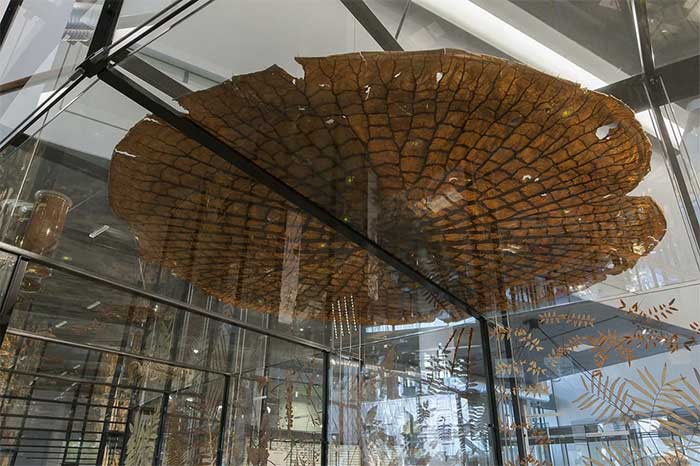
The underside of the leaf features a network of veins and chambers for support and buoyancy. The giant water lily was discovered by British explorers in South America in 1801. It quickly became popular in Victorian England, where its genus name, Victoria, was given in honor of the young Queen Victoria, and this plant became a symbol of the British Empire. For a long time, it has captivated scientists, architects, and artists due to its sheer beauty and size.
The strength of the Victoria Amazonica leaves is remarkable. They can support the weight of a small child or even an adult if the weight is evenly distributed across the entire surface of the leaf. Some sources suggest that the leaf can bear weight up to 45 kg (99 lbs), while others report higher figures, such as 113 kg (249 lbs) or even 226 kg (498 lbs).
However, these records may depend on the size, age, and condition of the leaves as well as the measurement methods used.
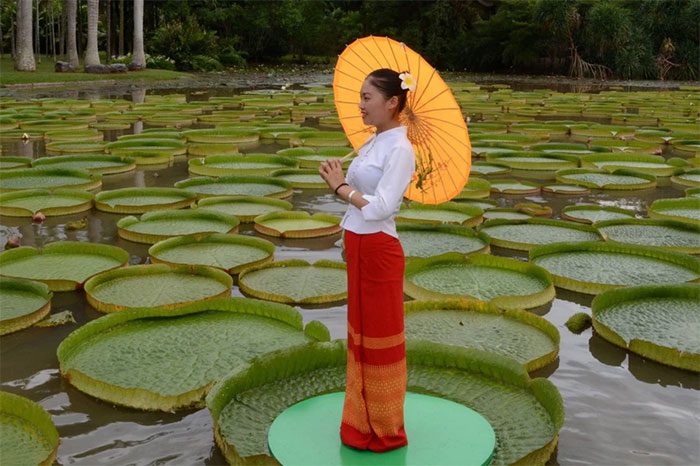
The Amazon Water Lily thrives in seasonal floodplains of the Amazon basin, where it has about six months to grow before the water recedes again. During this time, its enormous leaves allow it to absorb maximal sunlight. The leaf veins essentially provide the water lily with a larger surface area for photosynthesis while using less biomass.
The Victoria Amazonica is not only powerful but also beautiful and fragrant. It produces large, short-lived flowers that typically bloom at night and change color from white to pink after releasing their pollen. The flowers are then pollinated by beetles attracted by their scent and warmth. The beetle becomes trapped inside the flower for a day, then escapes with some pollen to visit another flower and complete the cycle.
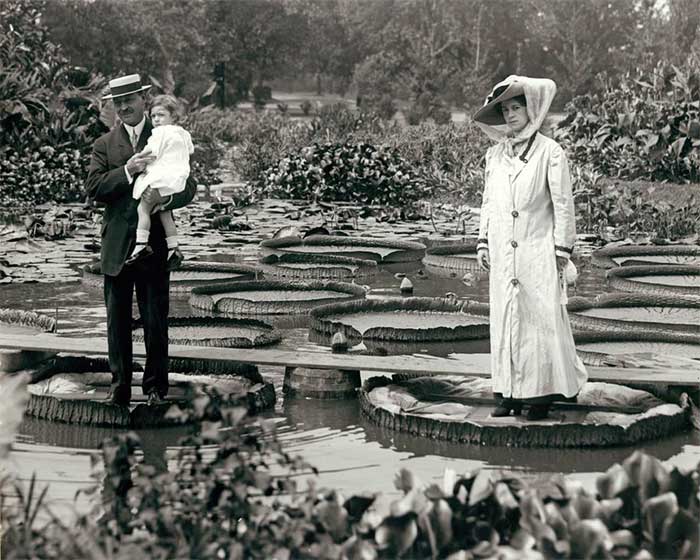
The giant water lily is not only powerful but also beautiful and fragrant. (Illustrative image).
The Victoria Amazonica is a natural wonder that has fascinated humans for centuries. It was named after Queen Victoria by John Lindley in 1837, based on a specimen collected by Robert Schomburgk in British Guiana. It has since been cultivated in botanical gardens around the world, such as Kew Gardens in London, where it inspired Joseph Paxton to design the Crystal Palace for the Great Exhibition in 1851.
If you want to see this magnificent plant up close, you can visit several locations where it is cultivated, such as Kew Gardens, the Adelaide Botanic Garden, the Princess of Wales Conservatory, or Tower Grove Park. You will be amazed by its size, strength, and beauty.
|
A group of British and French scientists studying the mechanics of these giant leaves recorded a network of rib-like veins optimized for strength and structural support. Their research was published in February 2022 in the journal Science Advances. Thorogood, the lead author of the study, stated: “What we demonstrate through experimental tests and mathematical modeling is that these leaves are very strong and possess a remarkable flexibility that allows them to grow very large.” Using computer models and a 3D printed test sample, the research team examined their hypothesis about how these Amazonian plants achieve this. They found that the branching ribs of the giant water lily start very thick near the center and taper towards the leaf edge, helping to evenly distribute the weight of the leaf. They stiffen and support the leaf while allowing it to rebound when deformed, such as under the weight of a bird, and they do so very effectively. The underside of the leaf is completely covered by a network of thorny veins that sprout from the central stem. The main veins become thinner and branch out as they approach the leaf rim. They are crosscut at regular intervals by other veins that form concentric circles, which are unique features of this water lily species. The overall effect is striking, a complex network of yellow veins against the deep green or red background of the leaves. |








































